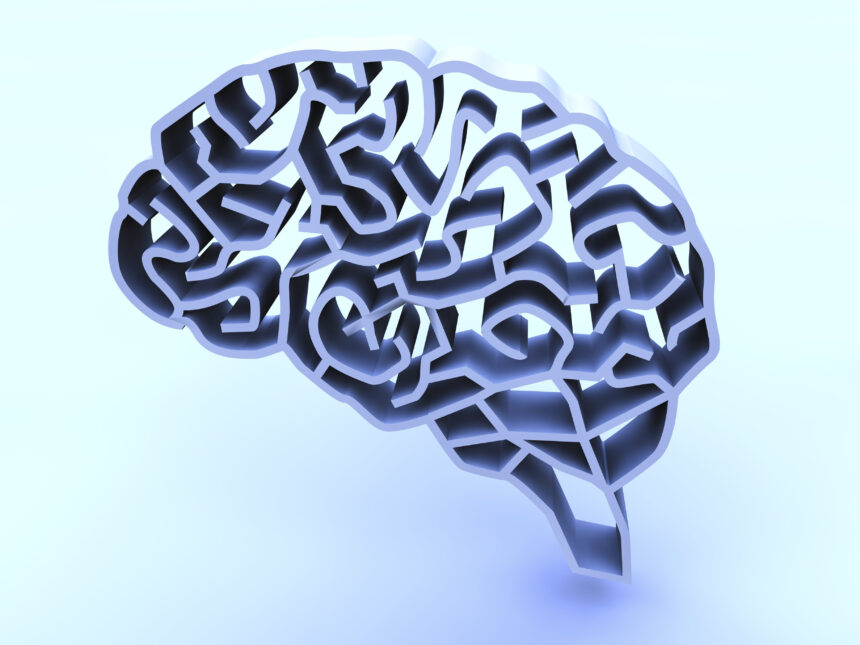Researchers at Cedars-Sinai Medical Center have completed the most comprehensive analysis to date of how changes in the retina (the layer of tissue at the back of the eye where visual information originates) correlate with changes in the brain and cognition in Alzheimer’s disease (AD) patients.
The findings of their study, published in Acta Neuropathologica, are a significant step toward clarifying the myriad ways in which Alzheimer’s disease impacts the retina, particularly in its earliest stages when cognitive function is still intact. For better treatments that may slow or stop the disease’s progression, this knowledge is crucial, according to experts.
Researchers analyzed 86 human donors’ retinal and brain tissue samples collected over the course of 14 years. This is the largest group of retinal samples from human patients with Alzheimer’s disease and mild cognitive impairment studied to date.
Donor samples were compared between those with normal cognitive function, mild cognitive impairment indicative of early-stage Alzheimer’s disease, and dementia indicative of late-stage Alzheimer’s disease.
What researchers concluded: “This study identifies and maps retinopathy in mild cognitive impairment (MCI) and AD patients, demonstrating the quantitative relationship with brain pathology and cognition, and may lead to reliable retinal biomarkers for noninvasive retinal screening and monitoring of AD.”


